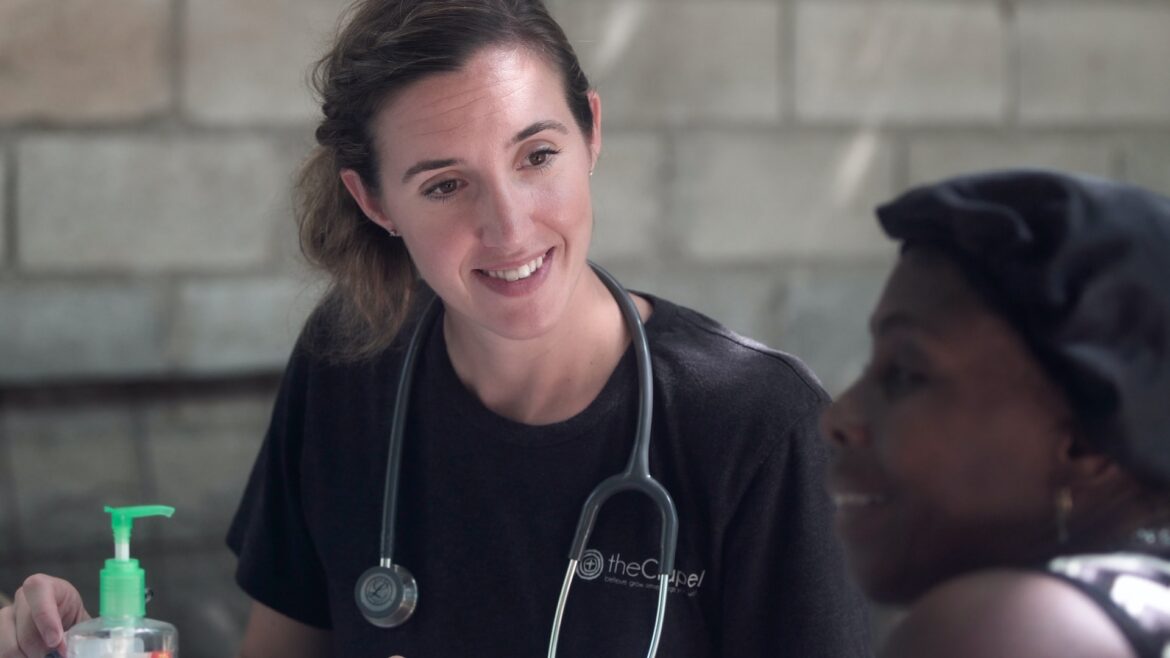Effective Strategies for Coordinating Acute Care and Behavioral Health Services
As the healthcare system shifts toward value-based payment models, the complexities and challenges of care coordination continue to grow. Patients’ mental and substance use problems and illnesses are often intertwined with general medical conditions.
To overcome this, providers and healthcare systems must develop multidimensional strategies to improve care coordination across the continuum of services. These strategies include screening, formally determining whether to treat or refer for treatment of co-occurring disorders, and enhancing mechanisms for linking providers of different services.
Patient-Centered Care
Patient-centered care considers the whole person – including emotions, opinions, and financial worries – and partners with patients to treat them as active healthcare team members.
Patient-centered care can be a challenging process to achieve. Still, it has proven effective in improving individual outcomes and satisfaction scores while contributing to the healthcare system’s efficiency and effectiveness goals. Incorporating patient-centered care into medical practice like the Sam Lee Prospect Medical can increase staff morale and reduce costs in the long run.
Collaborative Care
The Collaborative Care model is a proven strategy for coordinating acute care and behavioral health services. It has been shown to control costs, increase access, improve clinical outcomes, and boost patient satisfaction in various primary care settings.
Integrated Care has been proven effective in reducing mental health disparities across populations, including ethnic and racial minorities and those with a behavioral health condition that combines with a chronic illness. However, implementing effective collaborative care models can be difficult and requires significant change. This is especially true in safety-net programs and those with high-cost, low-access insurance or Medicare-Medicaid dually eligible patients.
Accountability
Accountability is critical to effective strategies for coordinating acute care and behavioral health services. This involves establishing and maintaining patient care standards and evaluating caregivers’ performance.
Achieving these goals requires communication, adherence to standards, and regular reporting. It also means setting clear expectations and defining consequences for failure or success.
Despite these challenges, many healthcare organizations still use manual processes to coordinate patient transitions between care venues.
Continuity of Care
Continuity of Care is the ability to ensure that people receive consistent and appropriate healthcare services over time. It is essential to patient-centered care and involves a collaborative approach between the patient, health care providers, and other key stakeholders.
Despite its importance, continuity of care can take time to achieve. This is especially true for older adults, who often receive care from multiple practitioners (each specializing in different organ systems or problems) and who transition from one place of care to another (called a transition of care).
Implementing tools that facilitate communication between patients and caregivers is an effective strategy for ensuring continuity of care. For example, a population health management platform embedded in the patient’s EHR can help improve care coordination and reduce duplication of services.
Personalized Care
Personalized care has the potential to provide better outcomes and experiences for patients by allowing them to be more involved in their healthcare treatment plans and decisions. This approach can also reduce health inequalities and make patients more confident and knowledgeable about their health.
Providing personalized care is a significant shift in the medical field from one-size-fits-all treatments to targeted interventions that address specific disease conditions. This approach prepares patients for healthier recoveries, easier ongoing health management, and fewer costly procedures.
However, implementing a personalized approach can be challenging because providers must remain current on data and research. Technology can assist in analyzing vast amounts of information better to understand a patient’s needs and risk factors, allowing for more accurate and practical recommendations.
Patient Engagement
Patient engagement is the ability for individuals to actively participate in their healthcare in a way that’s uniquely appropriate to them in cooperation with their healthcare provider to maximize outcomes.
Implementing patient engagement is critical for healthcare organizations, as it can help improve health outcomes and reduce costs. Multiple studies have shown that engaged patients are three times less likely to experience unmet medical needs and twice as likely to seek care promptly.
Healthcare organizations must proactively identify and implement effective strategies like telehealth and remote patient monitoring to engage patients effectively. These solutions allow interactive communication between patients and their healthcare providers, promoting engagement and a healthier lifestyle.




